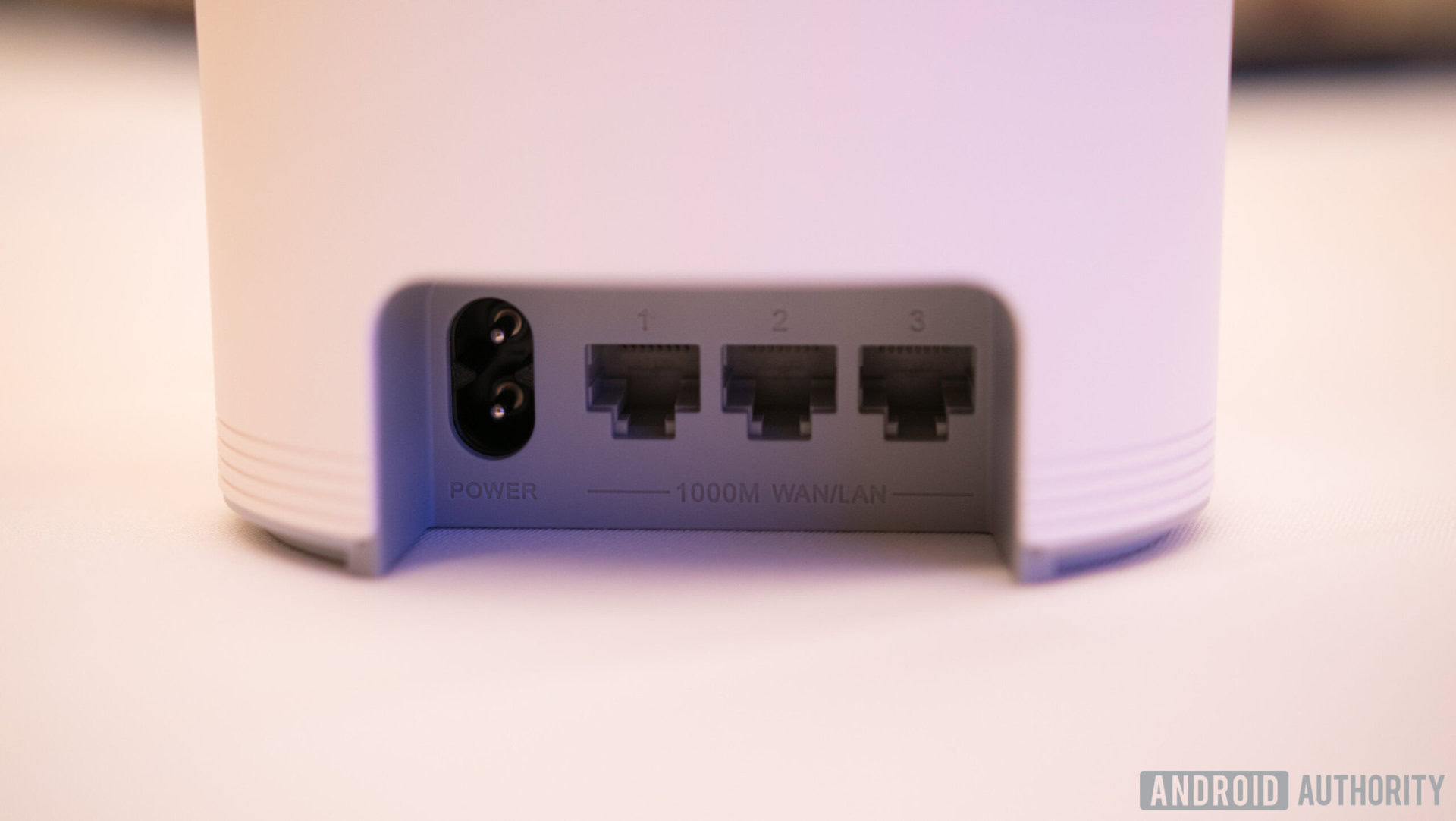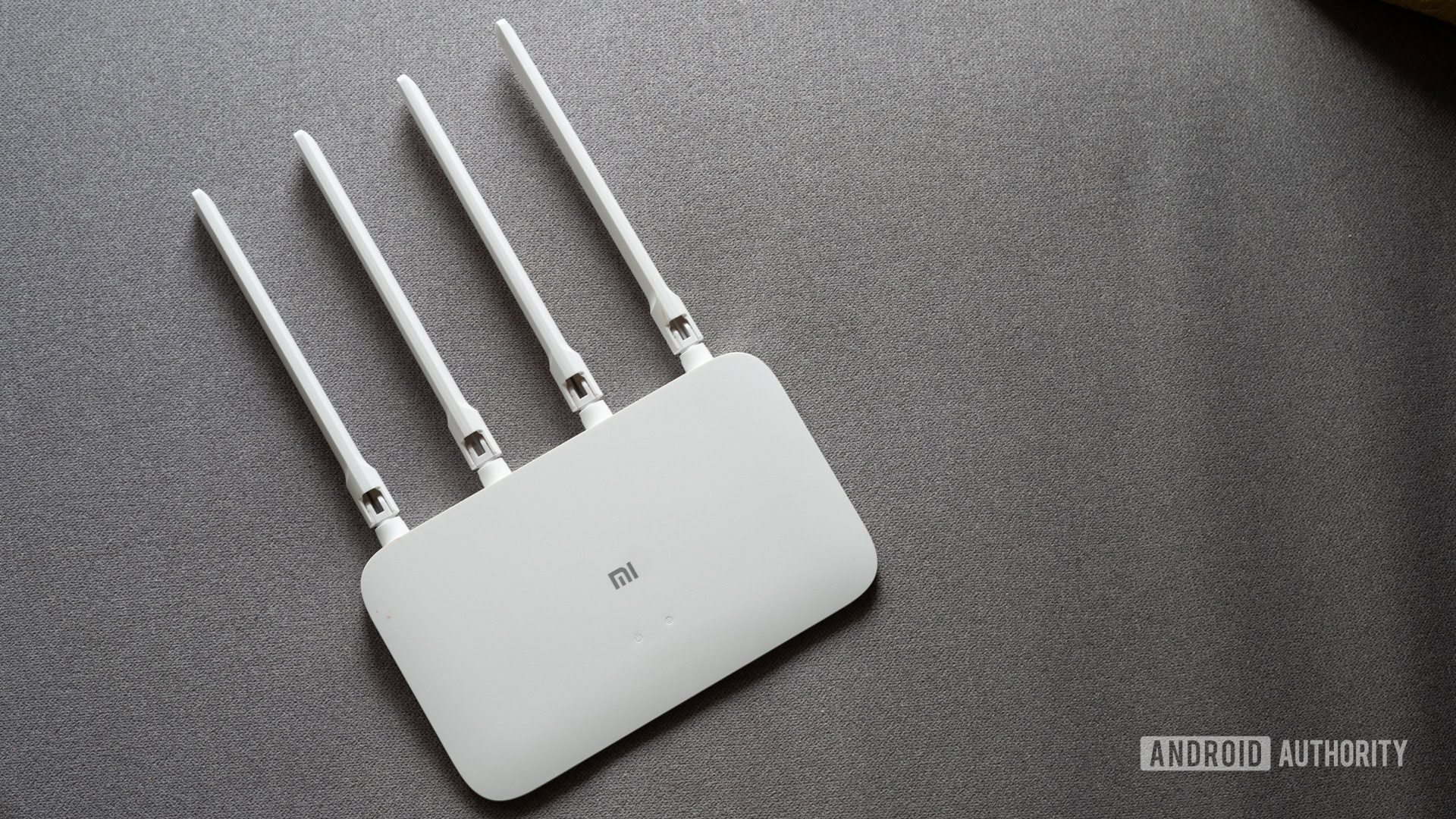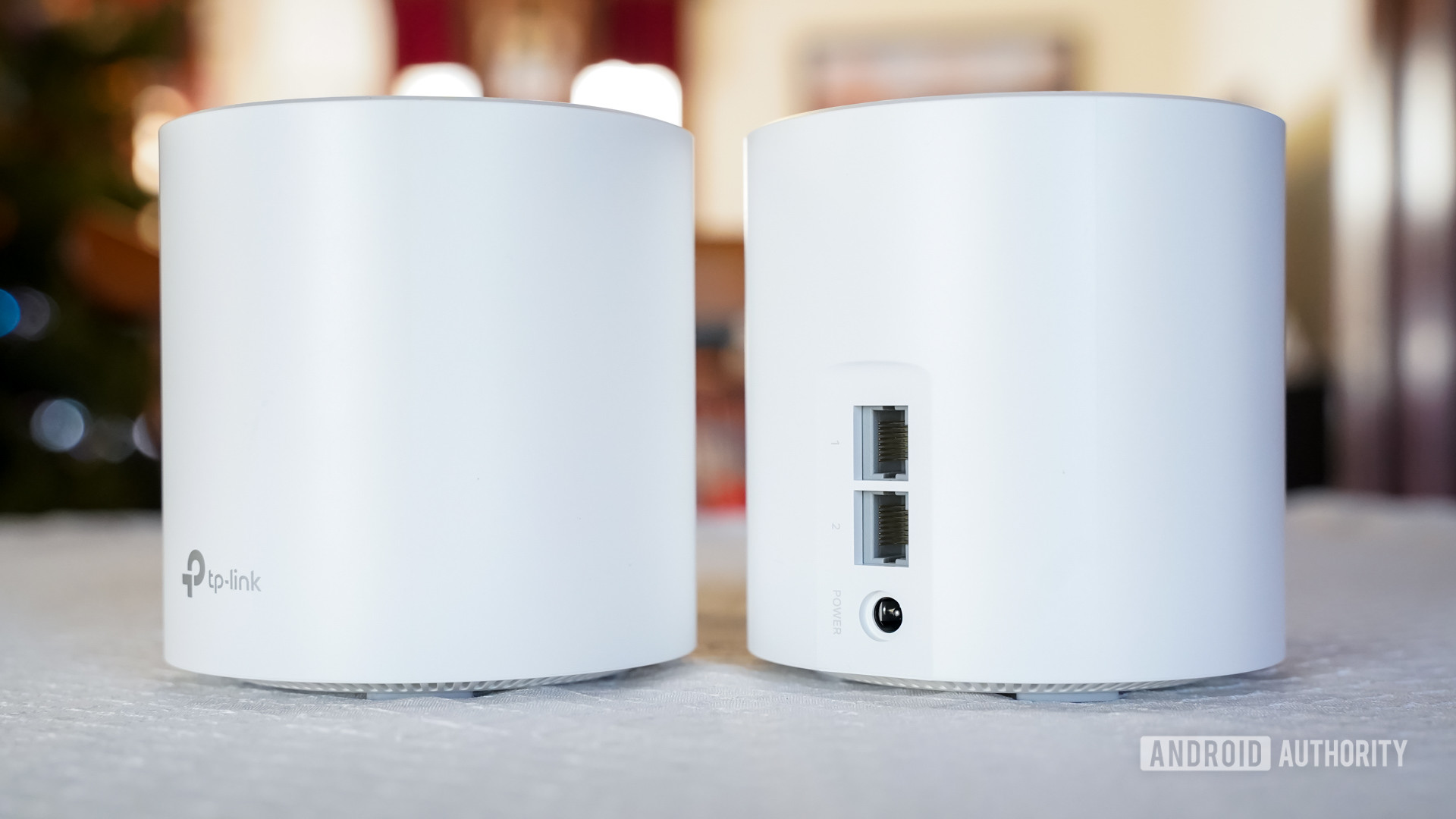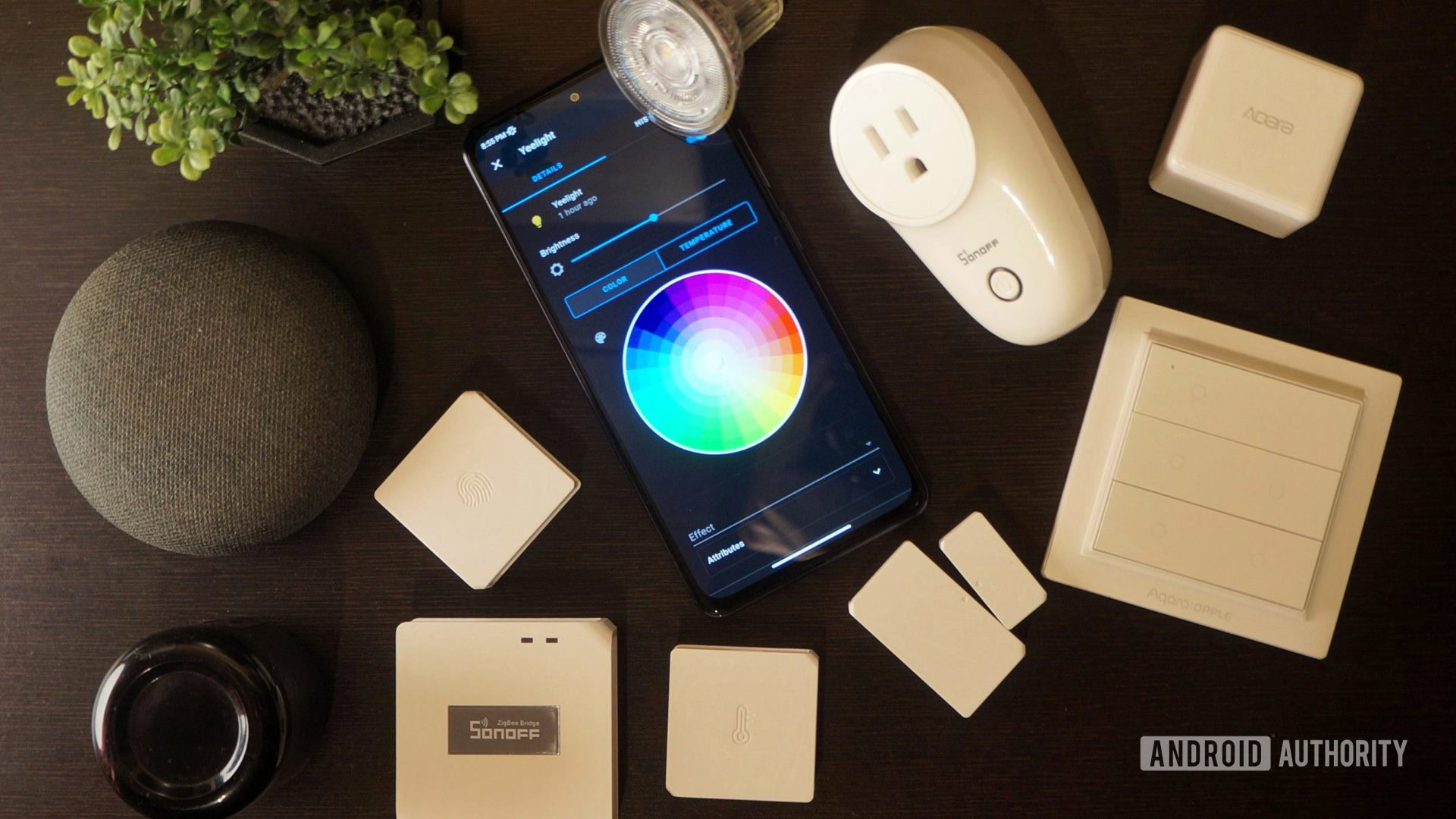Affiliate links on Android Authority may earn us a commission. Learn more.
Is Wi-Fi 6 worth the upgrade?
Published onMay 1, 2022

Wi-Fi 6 is the latest in a long line of wireless standards that carry the Wi-Fi name. Just like 5G, it has everybody wondering if they should jump to the latest standard, for their wireless setup. However, there are a few things to consider before making the jump to Wi-Fi 6, if you should do it at all. Should you upgrade to Wi-Fi? Here’s what you need to know.
Read more: Wi-Fi 6 explained
What is Wi-Fi 6?
Wi-Fi 6, also referred to as 802.11ax according to the older naming convention, is the latest Wi-Fi standard that’s faster and more efficient. It brings in a lot of improvements over the last standard, 802.11ac, which is now labeled Wi-Fi 5. First off is the focus on minimizing congestion.
Wi-Fi 6 uses MU-MIMO (multiple users, multiple input, multiple output), which lets multiple users connect and access the network simultaneously. Also onboard is OFDMA (Orthogonal frequency-division multiple access), which improves bandwidth allocation and thus efficiency. Wi-Fi 6 also has transmit beamforming, which improves signal quality and range.
While these technologies may not greatly enhance your home Wi-Fi experience, they’re definitely great for public Wi-Fi networks. The Wi-Fi Alliance mentions the ideal use cases as retailers, apartment blocks, transportation hubs, and stadiums.
Wi-Fi 6 also brings in a lot of speed, with a maximum theoretical throughput of 9.6 Gbps, up from the 3.5 Gbps on Wi-Fi 5. Improved security is included as well, with a WPA3 security standard, making it harder for your Wi-Fi password to be cracked.
Read more: The definitive guide to Wi-Fi standards
Is Wi-Fi 6 worth the upgrade?

You must have seen that the latest and greatest devices now come with Wi-Fi 6 support on board. This will make you wonder — if your devices support Wi-Fi 6, should you upgrade your network to Wi-Fi 6 as well? There are a few things to consider while answering the question: Should I upgrade to Wi-Fi 6?
First and foremost, the question you need to answer is, do you need Wi-Fi 6? If your current Wi-Fi setup is serving you well, you probably don’t. Most of us have internet connection speeds that Wi-Fi 5 can serve well enough. If the difference in speeds between devices connected via ethernet cables, and those connected via Wi-Fi isn’t much, then your current network setup is probably fine. That’s a quick-and-dirty way to check whether your WLAN setup is making the most out of your internet connection.
Of course, Wi-Fi 6 has more benefits than just the speed. It has a heavy focus on IoT smart home implementation as well. If you have a lot of devices on your Wi-Fi right now, and a growing smart home setup, then Wi-Fi 6 is likely worth the upgrade for you. Although, you have to make sure most, if not all, of those devices have Wi-Fi 6 support, so they can benefit from your upgraded network.
If you’re considering an upgrade to a Wi-Fi setup that’s not a home setup, but rather an office/public setup that has a lot of users, then Wi-Fi 6 is more likely to be worth it. If you’re going for a new setup and not upgrading an old one, it would make sense to go with Wi-Fi 6 as well. Keep in mind that Wi-Fi 6 is new, so routers and other hardware will cost you considerably more than Wi-Fi 5 ones.
What do I need to upgrade from Wi-Fi 5 to Wi-Fi 6?

To begin with, you need to have an internet connection with speeds high enough to require a Wi-Fi 6 upgrade. Wi-Fi 6 is a new standard, so you’ll need a new Wi-Fi 6 router, like the TP-Link Archer AX73 or the NETGEAR Orbi Wi-Fi 6 System to get started. If you’re upgrading a network spread over a larger area, like a bigger house, you may want to opt for a mesh system.
A mesh Wi-Fi 6 upgrade needs a mesh system, which consists of several Wi-Fi devices spread across the area for better coverage. Wi-Fi 6 is the perfect standard for mesh networks. Regardless of which type of Wi-Fi 6 upgrade you choose, make sure your routers/mesh devices are positioned in a manner that maximizes connection speeds.
All of this is considering you have devices that support Wi-Fi 6. Many new phones, laptops, tablets, and other electronics do support Wi-Fi 6, but many others don’t. It’s likely that your older electronics are limited to Wi-Fi 5, or maybe even Wi-Fi 4, and won’t be able to take full advantage of a Wi-Fi 6 setup.
However, Wi-Fi 6 is backwards compatible, which means it will support your older devices. Keeping that in mind, you can choose to upgrade your network first, and your devices later, as the situation demands.
Should I upgrade to Wi-Fi 6 or wait for Wi-Fi 7?

Of course, with technology being the way it is, Wi-Fi 7 is already on the horizon. However, it’s a little way down the road. It’s in the very early stages of development as of now. It will be a bit of an iterative upgrade from the looks of it. Wi-Fi 7 going to operate in the same frequency bands as Wi-Fi 6 but promises significant improvements in connection stability and reliability.
So, should you upgrade to Wi-Fi 6 right now, or wait for Wi-Fi 7? It’s a bit of a tricky question. Wi-Fi 7 will take quite some time to become a standard, arrive, and then some more to ship in devices. If a network upgrade is something you’re looking forward to, but don’t have an urgency for, you can wait for Wi-Fi 7. If your current wireless setup is buckling under the load, or you need the headroom right now, Wi-Fi 6 would serve you plenty well.
Wi-Fi 7 seems like it will have a solid edge over Wi-Fi 6 for IoT and smart home setups, so if that’s a big part of your upgrade plans, we suggest you consider waiting.
Also read: What is Wi-Fi 7 and when will it arrive?
FAQs
Q: Is Wi-Fi 6 backwards compatible?
A: Yes, Wi-Fi 6 is backwards compatible, and your older Wi-Fi devices will work with Wi-Fi 6 networks.
Q: Is Wi-Fi 6 better than mesh Wi-Fi?
A: Mesh Wi-Fi is a type of Wi-Fi setup, and you can get it with Wi-Fi 6 support as well. Whichever one is better for you will depend upon your usage scenarios. If you want to cover a large area with Wi-Fi, a mesh Wi-Fi 6 setup will be better than a regular Wi-Fi 6 setup.
Q: What is Wi-Fi 6E?
A: Wi-Fi 6E is a follow-up to Wi-Fi 6 that uses the 6Ghz band, as opposed to only the 2.4Ghz and 5Ghz bands Wi-Fi has traditionally used.
Q: Is Nest Wi-Fi Wi-Fi 6?
A: The current version of Nest Wi-Fi does not support Wi-Fi 6.
Q: Is Google Wi-Fi Wi-Fi 6?
A: Google Wi-Fi does not support Wi-Fi 6.